What an 18th-Century Sale Deed Reveals About Language and Territory in the Deccan
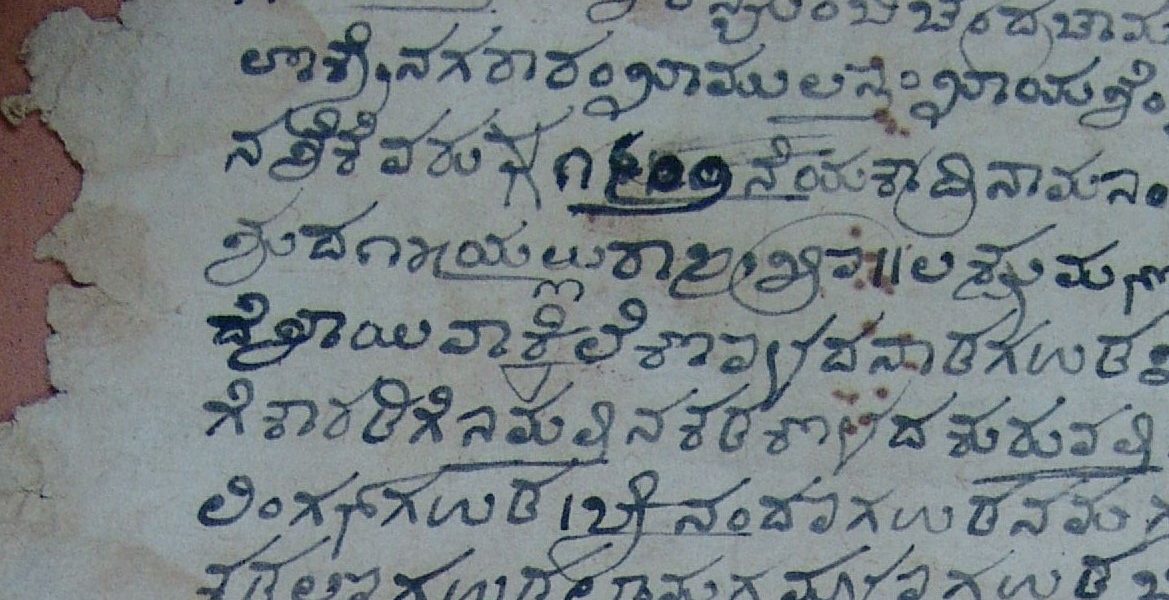
In the early 1700s, a moneylender called Narsingrao Ramaji got his clerk to draft a couple of sale transactions. He had sold his share in the headman’s post in a village near Dharwad in northern Karnataka to Kenchangauda, the local Desai or chief based at nearby Lakshmeshwar.
The clerk wrote up the krayapatras, or deeds of sale, in Marathi in the cursive Modi script then used to write administrative documents. I came across these documents in the household archives of Desais from the Dharwad region at the Bharat Itihas Samshodhak Mandal in Pune. The Mandal’s legendary curator, G.H. Khare, collected these papers from family collections in the 1930s. These documents are in Perso-Arabic, Modi and Kannada scripts. I was charting a cultural history of Modi: exploring how and where the script was used, and what attitudes to it could tell us about how people thought about writing, script and language. This multiscriptal collection provides a window onto the fluidity of language practice, identity and territory in the Deccan.

The Bharat Itihas Samshodhak Mandal. Photo: Ganesh suresh salunke/CC BY-SA 4.0
The region around Dharwad falls within the ‘doab’, the land between the Krishna and Tungabhadra rivers in the Deccan peninsula. Stretching northeast towards Bijapur and Solapur and north towards Belgaum and Kolhapur, it was a broad meeting zone of enduring pastoral, literary and devotional cultures that found rich, multilingual expression in Marathi, Kannada and Dakhni in various literary forms and media. Many political formations controlled this region in recent centuries, such as the Adilshahi sultanate and the Marathas. Looking north from Madras in the early 19th century, the British described this region as the “Southern Mahratta country”.
Later, it became the southern division of the Bombay Presidency, also known as Bombay Karnataka, before it was divided up between the linguistic states of Karnataka (formed in 1956) and Maharashtra (formed in 1960). Decades after linguistic reorganisation, both states claim the areas around Belgaum as their own on the basis of the number of speakers of one language or the other. But multilingual spaces, histories and practices persist. What do these broad political and linguistic geographies look like from the vantage point of documents like land grants or sale and mortgage deeds, especially in such a local archive from the 17th and 18th centuries?

The border on the NH-4 highway near Belgaum. Photo: Prachi Deshpande
Broadly, we know, Persian was the language of administration in the Deccan sultanates, with some documentation in the local vernaculars. But just how local, and which vernacular? In the Lakshmeshwar collection, documents that recorded grants of land to the Desais by the Adilshahi regime are typically bilingual, in Persian and Marathi. Among these, imperial farmans were in Persian, with a line of Marathi, and occasionally Kannada, annotation about what the farman said. Other documents could be bilingual, or also singly in Marathi. The annotations may be a clue to which language a particular Desai household, and its scribes, preferred; in the case of Lakshmeshwar, it was Kannada.
The use of the Modi script in the doab was from as early as the 16th century, as Maratha chiefs of the Adilshahi court acquired lands in jagir south of the Krishna river and developed their household establishments. In the 17th century, the spread of Adilshahi power brought documentation in Modi into the region around Mysore too. We know that it was also in use in the Qutbshahi administration to the east in Golconda, and spread deeper into the peninsula with the Maratha state at Tanjavur. The Modi script, in effect, was early on a Deccani script, in use in various genres and spaces beyond the core Marathi-speaking areas.
The Marathi prose in the Lakshmeshwar collection tends to be heavily Persianised. Often, vocabulary across bilingual documents remained much the same; the versions were different primarily in script. After Shivaji’s coronation in 1674, Maratha documentation incorporated Sanskritised conventions, but formulaic Persian phrases continued. In the 18th century, the use of Marathi-Modi grew in the area, with the deepening of the Peshwa’s revenue demand.
Village-level transactions from the 1600s, such as sale deeds in the Lakshmeshwar collection, are usually in Kannada. Sometimes witnesses signed their names in Kannada in a Marathi document, and vice versa. The scribal hand in these Kannada records has come to be called “Kannada-modi”. It is not cursive, but the characters are modified to enable speedier writing. Forms of Kannada-modi are localised too; not far off, in Goa, the Goykanadi script used in the Old Conquest areas looks very similar to the Dharwad variant, but also requires some immersion. The salutations in these Kannada-modi documents, such as svasti sri jayabhyudaya, bore similarities to older Kannada inscriptions, but they increasingly incorporated Marathi and Persian conventions too. Many modern Marathi nationalists viewed the influx of Persian vocabulary into Marathi bureaucratese as akin to an invasion, but Kannada nationalists of the early twentieth century came to view both Persian and Marathi as imperial invasions into a prior Kannada region.
Narsingrao’s sale deeds are unusual, in that they are in Marathi. Instead of kharedikhat, they are named krayapatra like the Kannada form. Also, instead of Kenchangauda bin Yellappagauda (Kenchangauda, the son of Yellappagauda), patrilineal descent is recorded as Yellappagaudacha lek Kenchangauda as they would in the Kannada letters (Yellappagaudana maga Kenchangauda, Yellappagauda’s son Kenchangauda). Perhaps they were drafted as Kannada documents, and then adapted into Marathi.

Marathi sale deed in Modi script, Lakshmeshwar daftar. Courtesy: Bharat Itihas Samshodhak Mandal, Pune.
It could be that this shift in language and script was due to the increased presence and prestige of Marathi documentation due to Maratha control of this region. If that is so, the Kannada krayapatra form in local scribal knowledge nevertheless imprinted itself on these Marathi documents too. This choice could also reflect Narsingrao Ramaji’s own social ‘location’. His use of the salutation sharanarthi indicates that he was probably of the jangam jati, but the only clue to language preference are the suffixes to his name – Ramaji rather than Ramappa, and Narsingrao instead of Narasingappa. The choice of language and script in witness signatures often points to language preference but such preferences or document conventions do not automatically indicate a mother tongue, or singular identity. What these documents do is offer us a trace of how Kannada conventions also crept into Marathi documentation. They hint at more give-and-take in the scribal environment than the one-way “imperial” narrative premised on modern mono-linguistic identities.
Such multilingual written records, then, give an impression of neat, separate spheres of circulation as well as sociality and identity. They show us how Persian was used at the top and Kannada at the local levels, while Marathi facilitated the reach of Persianate bureaucratic power into the countryside, and revenue from the countryside into the state’s coffers at various levels. Yet, even as the documents hint at a larger oral domain of language preference and transaction, as evidenced in Narsingrao’s unusual krayapatras, such neat written compartments also prevent us from grasping local practices of language in their diversity.
Scribal manuals, or mestaks, aimed at young men hopeful of becoming clerks in the Maratha revenue administration, display awareness of this local diversity. One manual advised clerks going into villages for revenue collection to be alert to local, or deshi, variations in names, measures and products, to ensure that village officials were not cheating them. In other words, engaging such diversity involved more than just knowing Marathi or Kannada or their scribal scripts; it meant learning a more localised vocabulary, as well as one that spanned both or more languages. Translation could mean learning and converting localised measures from fellow bilingual scribes, but also transcribing the same vocabulary into another script for circulation within a separate graphic domain. It is through such oral and written transactions that Persianate jargon came into local scribal practices, and local terminology moved into a broader bureaucratese across the Deccan.
With the emergence of separate print spheres and monolingual schools over the 19th century, Kannada and Marathi developed divergent evolutionary and literary histories. The social and cultural spaces from Kolhapur to Gadag and Solapur to Dharwad continued to overlap intensely through music, literature, religious practice, and human movement, but the administrative “domination” of Marathi became one of the principal motivating factors for the Karnataka Ekikarana movement to start in the Dharwad region. Eventually, Ekikarana and Samyukta Maharashtra produced two linguistic states with a richly bilingual, but contested border zone.

Map of the Bombay Presidency, which also shows the doab and wider peninsula without the current borders. Photo: Maps of the Society for the Diffusion of Useful Knowledge. Vol1. 1844.
The particular histories of language preference, inter-lingual interaction, as well as difference glimpsed in the Lakshmeshwar archive, and others like it, fall between the cracks of Marathi and Kannada linguistic imaginations. The early modern admixture of Persian and Marathi in their documents finds little place in a nationalist Kannada historiography dominated by inscriptions and a literary investment in an earlier ‘classical’ age. Modern historians of the Marathas, for their part, prioritised those documents that showcased Maratha political or military glory. They frequently only printed the Marathi/Modi documents, duly transcribed into Devanagari, leaving out material in Persian or other languages and scripts.
Reconstructing such local archives, with all their annotations, scripts, formulaic phrases, and documentary conventions and deviations is, however, key to recovering the tangled, yet specific, multilingual transactions that surround official language(s) of administration, then and now. It is in these situated histories of writing and archiving and their oral penumbras, that we can chart the fluid and rich processes of territorialisation – local social and linguistic geographies, as well as larger ones across the doab and the Deccan. These geographies continue in everyday life, and give us resources to imagine our lives as beyond the modern linguistic state.
This article was first published in The Wire as a part of the Many Worlds of the Deccan.
Related Articles

Has Rap Found its Home in the Deccan?
The Deccan is a place of unlikely arrivals and departures – cultural practices from every possible region of the world have found home here and gotten reinterpreted and gifted back to other regions. One such recent arrival is hip hop from Black and Hispanic...
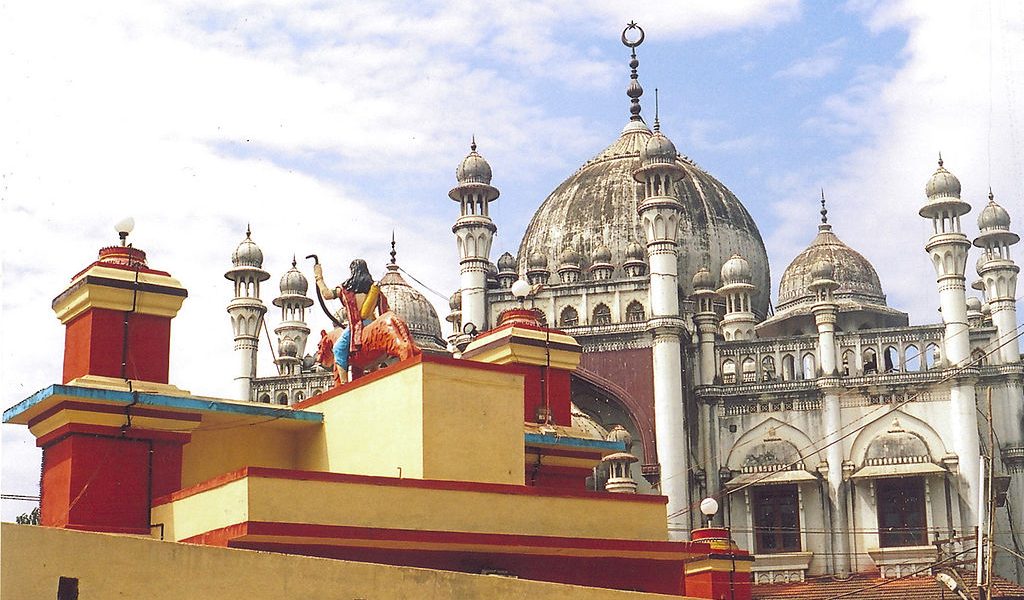
A God, A Pirate and the Birth of a New Urban Religion in the Deccan
Who was Vavar? There are many strands to this story.

The After-Lives of Historical Figures in the ‘Pan-Indian’ Telugu Film
Contemporary film history of the Telugu people has at least one instance of a hyper masculine superhuman celluloid figure that appears time after time to establish territorial order: Alluri Sitarama Raju. The source for this celluloid figure was the leader of what...
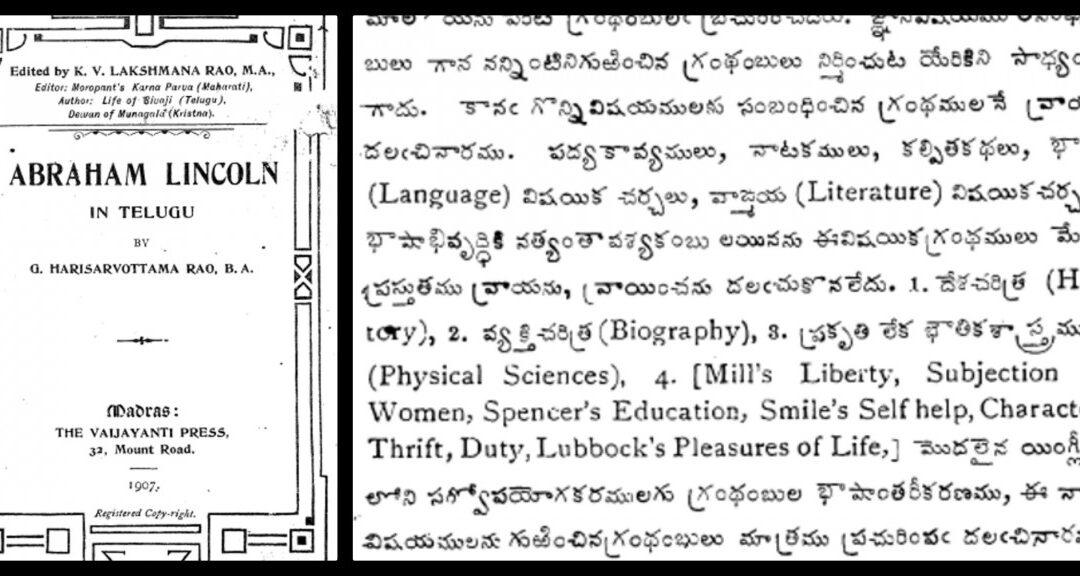
Telugu Modernity and the Curious Case of Enlightened Privilege
In 1907, Vijnana Chandrika Mandali, a Telugu publishing house, began their operations with the goal to ‘improve Telugu literature’.
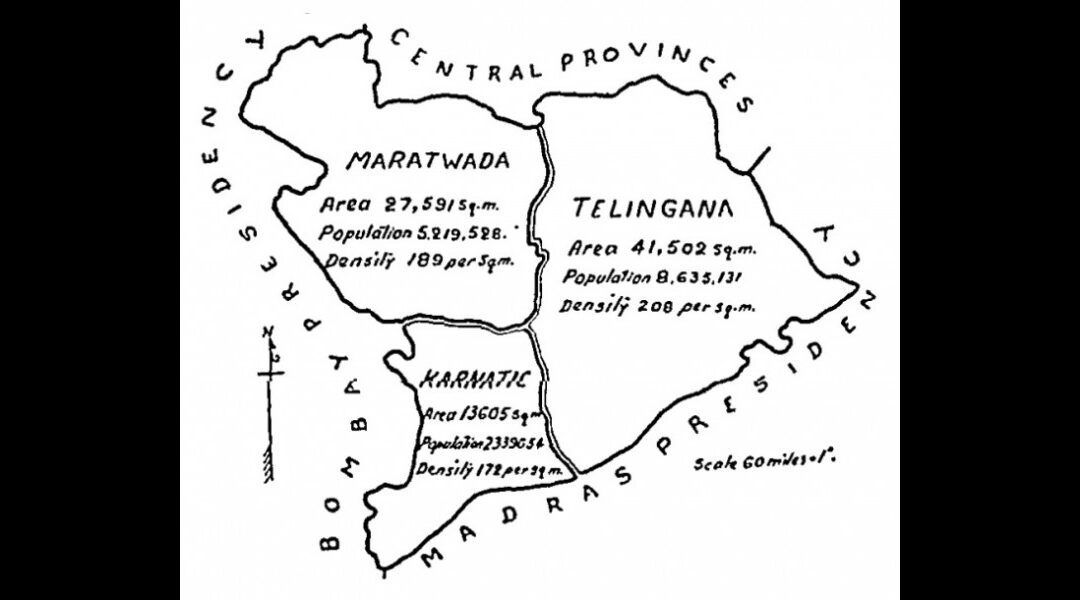
The Mulki and the Mulk: How Belonging Is Layered in the Deccan
The categories of Mulki and non-Mulki began to appear on the Hyderabadi political scene from the mid-19th century onwards as a response to the influx of Urdu-speaking North Indians being recruited into the state administration.

The Uncanny Sisterhood of Deccan’s Languages
‘Pora khaalli? (Have the children eaten?)’ These are two utterances in Marathi spoken in Osmanabad and Solapur districts. But a speaker of Marathi from the central or western parts of Maharashtra may be perplexed at what is being asked of them. Is ‘Kaa karlaalaav’ the...
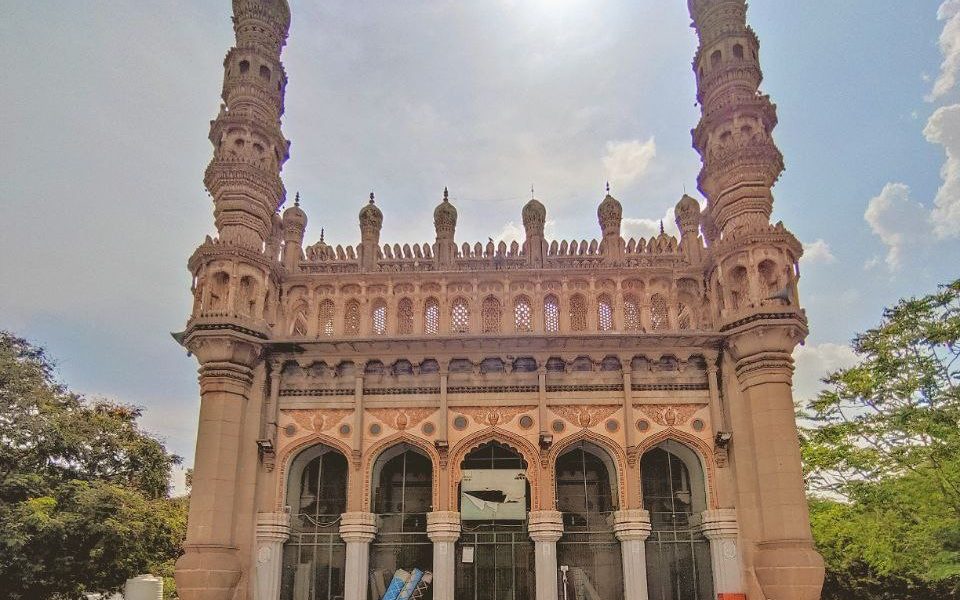
Deccani Identity: Instrumental Logic or Deep Love of Land?
The diverse ways in which the Deccani identity is invoked in textual sources and oral traditions indicate that newcomers to the Deccan adapted to the ways of the land, developed strong affinities to local landscapes, and adopted cultural practices and markers.
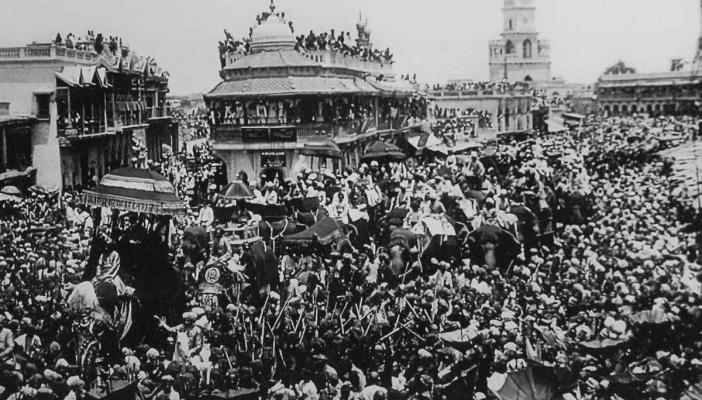
Afterword: Who does the Deccan belong to?
On September 17, 1948, more than a year after India became independent, the Hyderabad–Deccan state was integrated into the new Indian nation-state ruled from Delhi. This event, celebrated by some as “liberation,” set in motion decisive processes of integration,...

Rabindranath Tagore’s visit to Hyderabad: When poetry triumphed over politics
The September 17th anniversary of the ‘Police Action’, which led to the integration of the princely state of Hyderabad in 1948, has become increasingly contentious with selective use of history by political parties to further their current polarising agenda. Lost in...
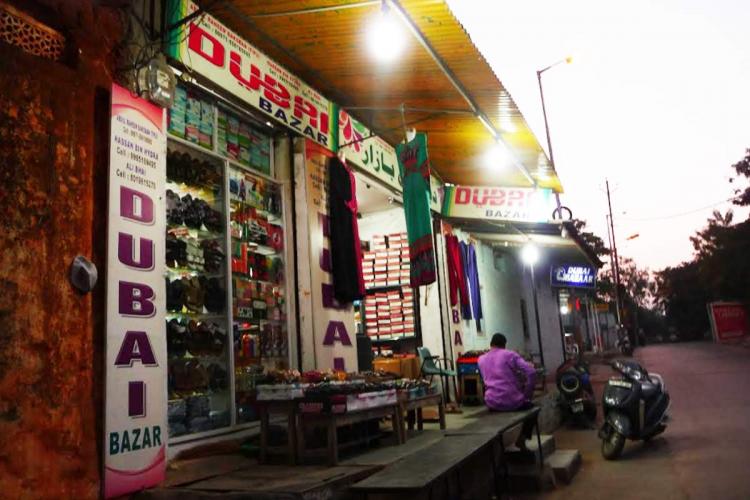
Hyderabad’s distinct Chaush community has roots in Yemen
At a time when Muslims in India are constantly asked to display their nationalism and explain their choices of food, love and profession, it is important to remember that identity is not a monolith. It is historically constructed and multidimensional. Neither can it...
